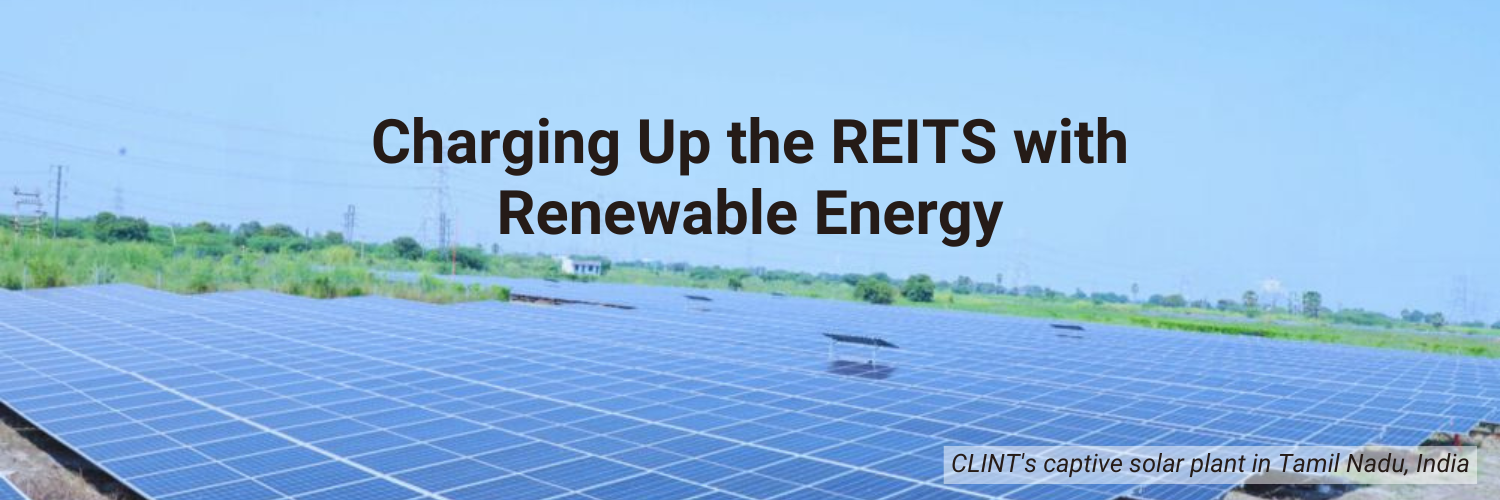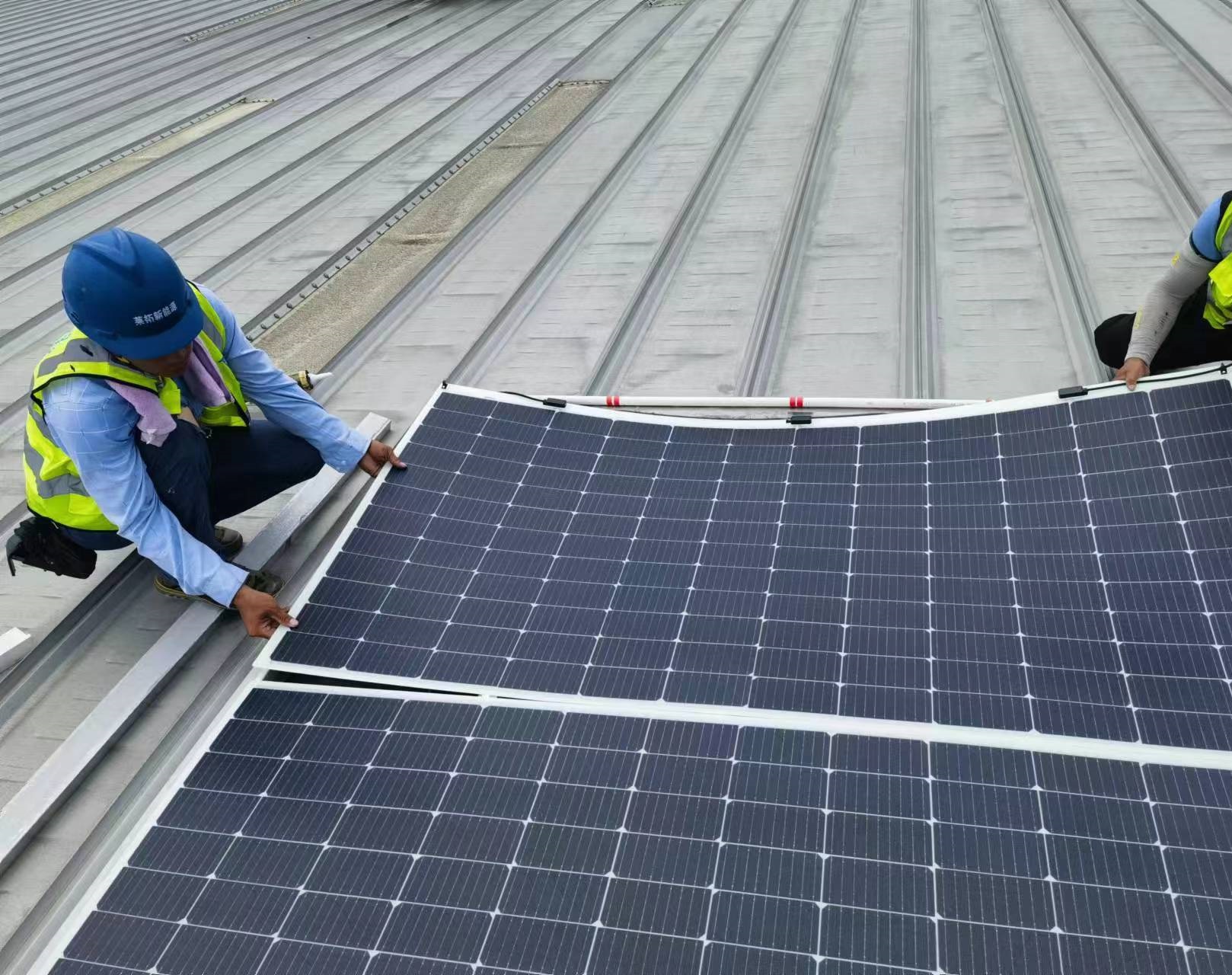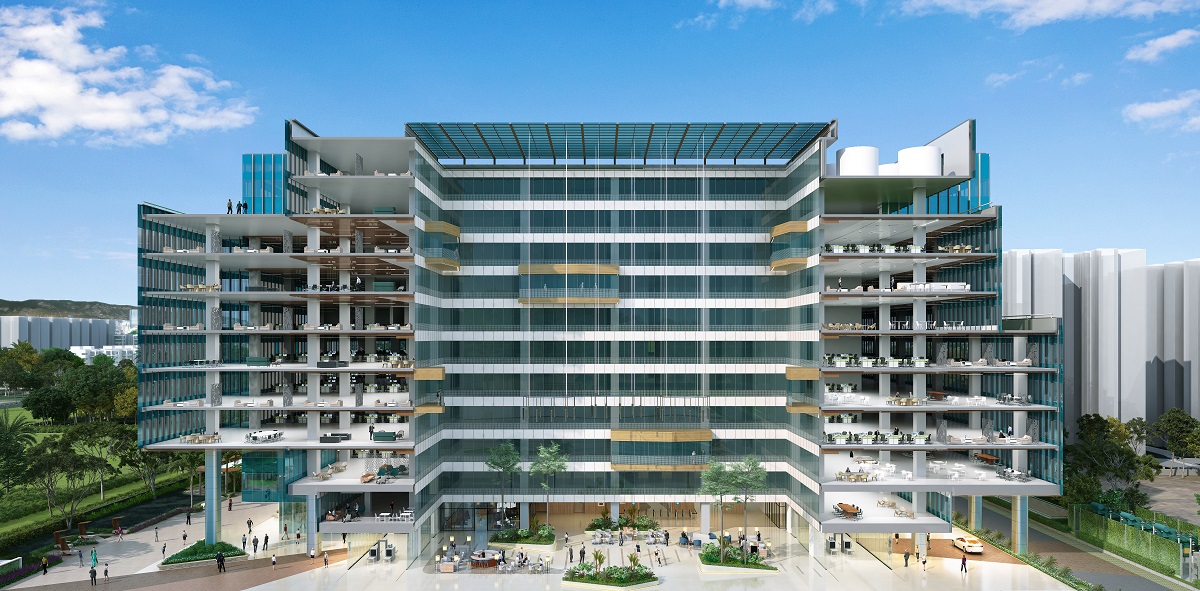

Extracted from APREA Knowledge Brief Volume 12 - REITs Reconfigured: Growth Markets, Prospects and Alternative Sector
COP28 saw close to 200 countries agree to transition away from fossil fuels and a tripling of renewable energy capacity by 2030. In the area of solar energy alone, Bain & Co forecasts a US$20 billion opportunity by 2030, where Southeast Asia is one of the fastest growing markets. At the same time, real estate investment trusts (REITs) hold one of the largest and most extensive portfolios of physical buildings. How can REIT owners and their investors take advantage of this rising demand for renewable energy and the untapped potential of REITs to create further sustainable value?
Based on an article by RMI, key advantages of REITs over other solar developments include the presence of existing infrastructure (e.g. rooftops), optimal generation conditions (e.g. large flat roofs free of tree cover), building electrification to lower operating costs, ability to offset EV charging for tenant-owned and personal vehicles, and faster implementation which reduces interconnection issues.
As an early mover, CapitaLand announced a partnership with Sembcorp back in 2019 where approximately 21,240 solar panels were installed on six of its buildings under CapitaLand Ascendas REIT (CLAR), forming the largest combined rooftop solar facility in Singapore by a real estate company at that time and generating around 10,292 megawatt hours (MWh) of energy annually. As of 1 February 2024, there are 22 properties with solar panel installations within the assets of CLAR in Singapore, generating enough renewable energy to power more than 5,000 4-room HDB flats annually. This is one of the largest combined rooftop installations in Singapore amongst the S-REITs.
More recently in January 2024, CapitaLand India Trust (CLINT) commissioned its first 21 megawatt captive solar plant in Tamil Nadu, India. The plant will supply over 30,000 megawatt hours (MWh)of electricity annually, equivalent to powering 2 million square feet of office space1, and increase CLINT’s green energy usage by over 70%. Commissioning this power plant also reduces CLINT’s need to purchase power externally, and reduces its exposure to price volatility from external sources. Greening CLINT’s energy use aligns with the 2030 CapitaLand Investment Sustainability Master Plan goal of achieving 45% of electricity consumption from renewable sources and CLI’s net zero commitment for Scope 1 and 2.
Having said that, the renewable energy market is not all that easy to penetrate. Some considerations include the high upfront capital required, regulation of the energy market and grid readiness, and implementation feasibility. Given the varying asset types within CapitaLand Investment’s large REIT portfolio, not all assets’ rooftops are suitable due to various reasons such as load and space constraints.
Innovation is thus a key lever to maximise usable space for solar power generation. CapitaLand China Trust (CLCT) is in the process of trialing a glass-free, lightweight and flexible solar panel, a solution sourced from the CapitaLand Sustainability X Challenge, to see if it can provide comparable performance to standard glass solar panel with 70% reduced weight of panel. If the trial is successful, this technology will unlock the potential of many more assets to generate solar power. CLCT currently has 253 solar panels installed on the roof of Kunshan Bacheng Logistics Park that can collectively generate 92 megawatt hours of energy annually.
Pushing the renewable energy agenda does require significant capital investments to build up the infrastructure, but it also opens doors to additional funding opportunities through sustainable finance, which incorporates environmental, social, and governance considerations. Interest rate savings obtained can also be channelled back to support decarbonisation efforts.
The real estate industry contributes to 42% of global carbon dioxide emissions. Transitioning to renewable energy is a critical lever to achieve deep greenhouse gas emission reductions, especially for real estate operational emissions. With many jurisdictions in APAC making this a technically and commercially feasible proposition, we can expect more investments to pour into the sector from various REITs across the region.
Download the full APREA Knowledge Brief Volume 12 here.


Workers installing the Sunman Solar Panels, a glass-free, lightweight & flexible solar panel on the roof of a CapitaLand property in China.
1 Based on assumption of an office space in India, with an average electricity usage of 15 kWh/sq ft/year.
You may also be interested in
-

-
Case Study: Green Opportunities from Retrofitting Heritage Buildings - Singapore
-

-
Case Study: Collaboration to Advance Net Zero Movement in India through First Net Zero Business Park in India